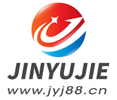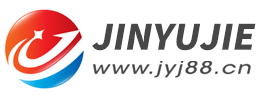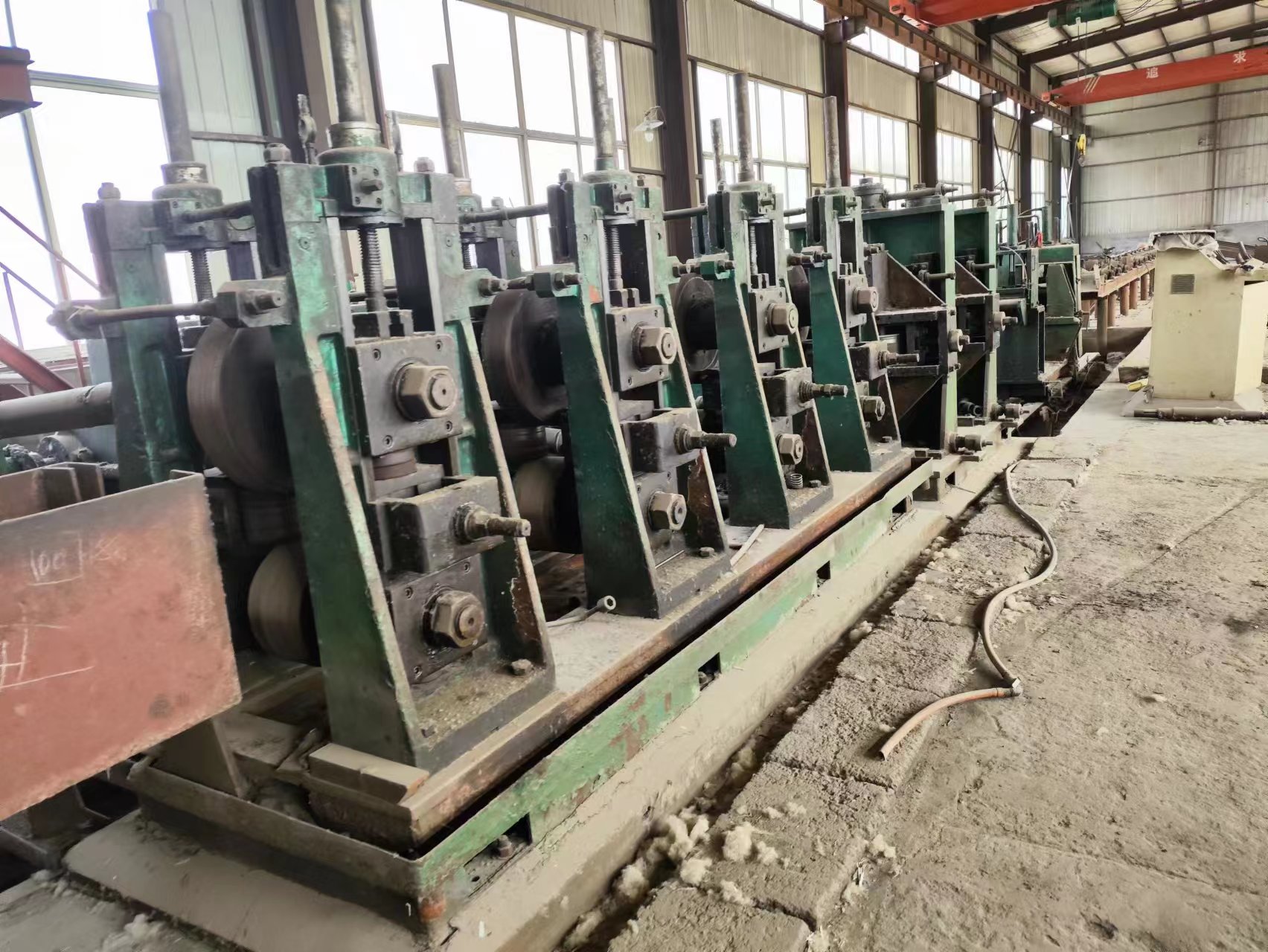High frequency welded pipe machine on the impact of welded tube blank defects on the quality of welded tube (1)
- Sort:Information
- Auth:
- Source:
- Release time:2022-09-15 11:30
- Pvs:
【概要描述】If the high frequency welded pipe machine refers to the chemical composition and mechanical properties of welded tube blanks that require certain inspection methods to be known as invisible defects; then, those defects that can be seen only by vision are called tube blanks. Overt defect.
High frequency welded pipe machine on the impact of welded tube blank defects on the quality of welded tube (1)
【概要描述】If the high frequency welded pipe machine refers to the chemical composition and mechanical properties of welded tube blanks that require certain inspection methods to be known as invisible defects; then, those defects that can be seen only by vision are called tube blanks. Overt defect.
- Sort:Information
- Auth:
- Source:
- Release time:2022-09-15 11:30
- Pvs:
If the high frequency welded pipe machine refers to the chemical composition and mechanical properties of welded tube blanks that require certain inspection methods to be known as invisible defects; then, those defects that can be seen only by vision are called tube blanks. Overt defect.
The dominant defects of the welded tube blank of the high frequency welded pipe machine generally include cracked edges, broken edges, sawtooth, pitting, scratches, roll marks, dark spots, edge burrs, sickle bends, wrinkles, waves, edge warping, and points. Layers, warped skins, pinholes, sticky rolls, soft spots, rust, oxide layers, towers, loose rolls, etc. Let me introduce you to the causes of cracked edges and the effect of cracked edge billets on welded pipes.
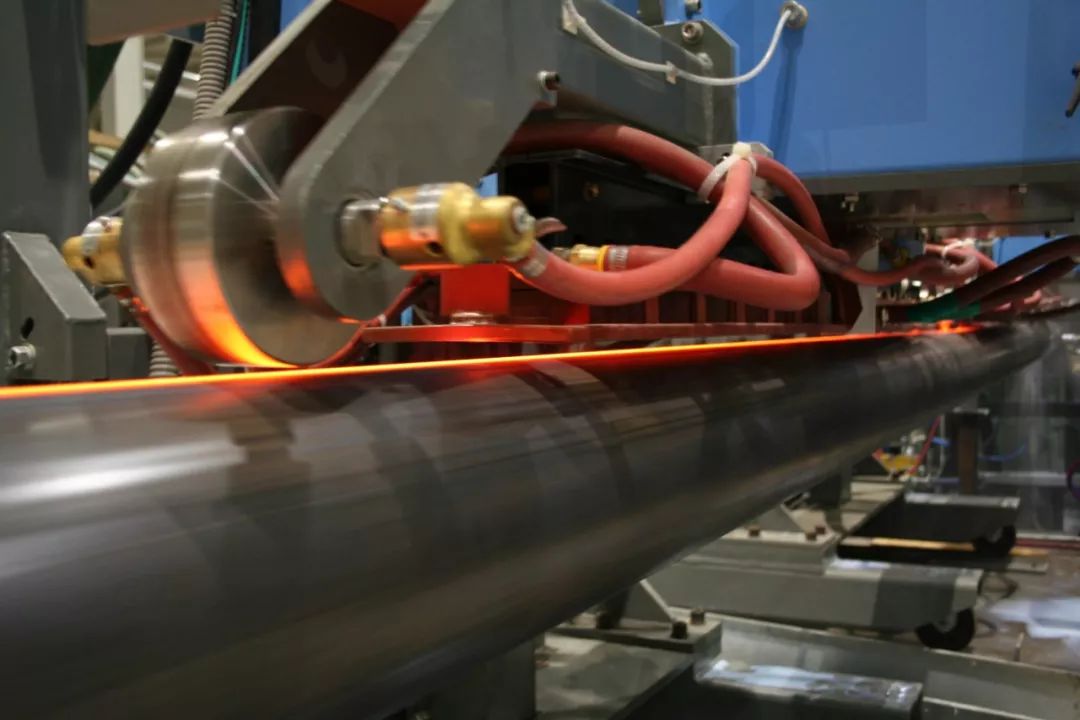
Cracked edge
Edge cracking refers to the existence of fine cracks of different widths on the edge of the tube blank, which mainly occur at the edge of the cold-rolled tube blank, and can be divided into unilateral, bilateral, continuous and intermittent.
Causes of cracked edges:
(1) The edges of hot-rolled steel strips are prone to chemical composition segregation, and the segregated edges are prone to embrittlement during the cold rolling process.
(2) The cold rolling process is unreasonable. The single-pass reduction is too large, resulting in rapid hardening of the sheet and a sharp decrease in elongation. Under the action of subsequent rolling and extension and longitudinal tension, cracks or even cracks occur at the weakest edge of the sheet.
(3) The amount of trimming is too small, and there are still wide or narrow cracks on the edge of the slitting tube.
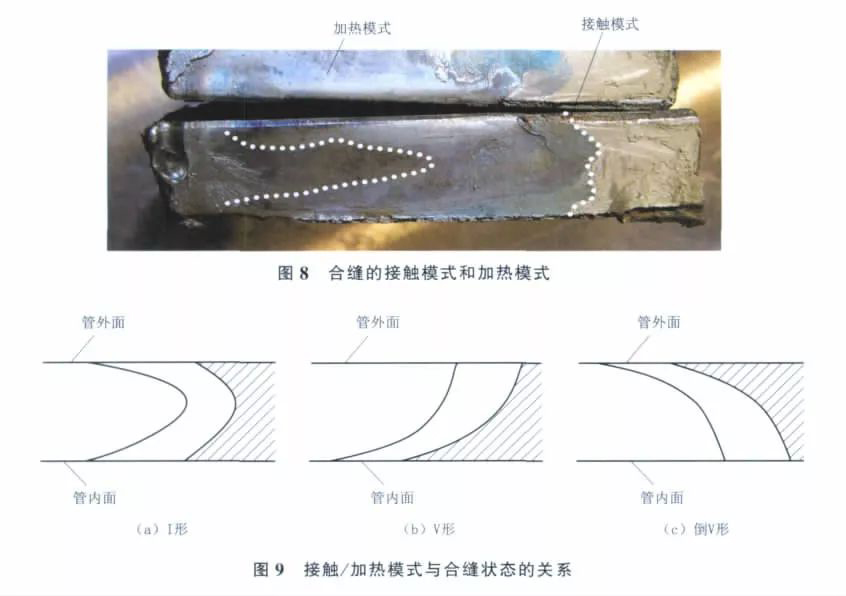
The influence of cracked edge billet on the production of welded pipe:
(1) During the forming process, the edge cracks of the tube blank will crack under the action of longitudinal tensile stress.
(2) The tightness of the weld cannot be guaranteed.
(3) The weld strength cannot be guaranteed, and it cannot withstand deformations such as bending, flaring, flattening, and flanging.
Regarding the defects of welded pipe blanks of high frequency welded pipe machine (1) The introduction of cracked edges and the influence of cracked edges on the quality of welded pipes, I hope it can help you.
More News

Time of issue : 2023-10-31

Time of issue : 2023-10-28

Time of issue : 2023-10-25

Time of issue : 2023-10-22
Wechat: 13392281699
Email: zty@usedpipemill.com
Company address:No. A99, East Lecong Avenue, Lecong Town, Foshan City, Guangdong Province
Recommendation
Online Inquiry
LINK
Contact Us
Tel (wechat): 13336487288
Wechat:+86 13336487288
WhatsApp:+86 13336487288
Email: zty@usedpipemill.com
Address: No. A99, Lecong Avenue East, Lecong Town, Foshan City, Guangdong Province

